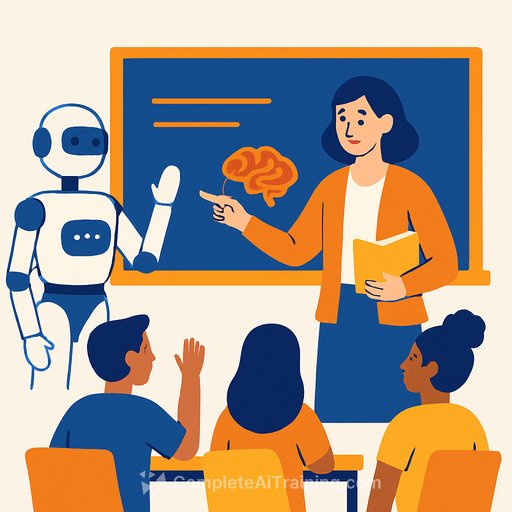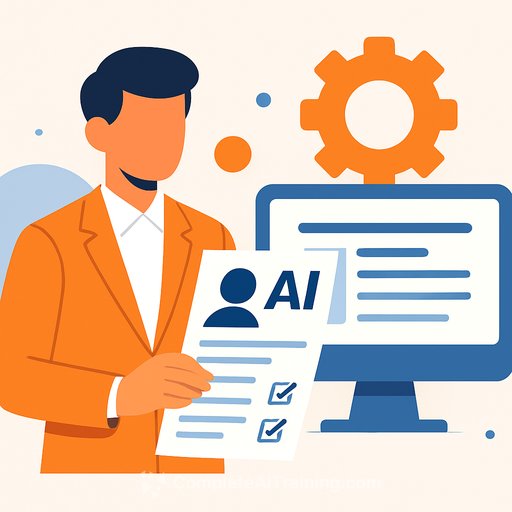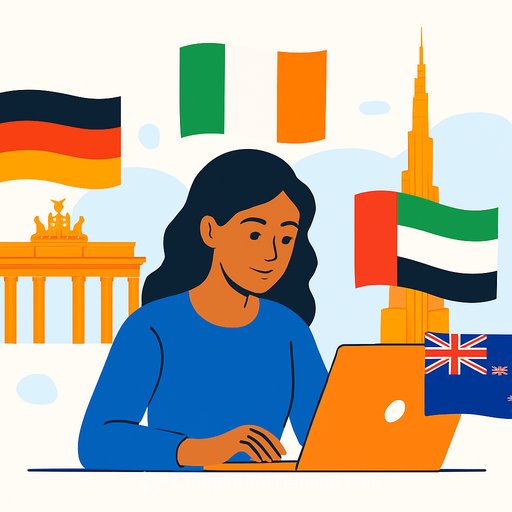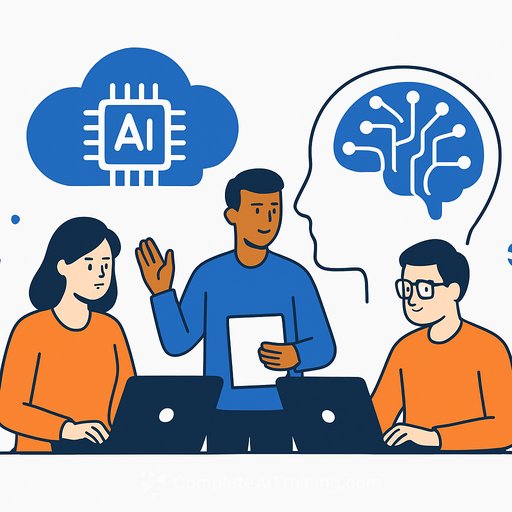AI Takes a Seat in the Classroom and Lecture Hall but Poses No Threat to Teachers
Artificial intelligence (AI) has entered education quietly but firmly, influencing how learning will unfold in the future. Tools like ChatGPT have become familiar not just at home but also in classrooms. Over the past year, additional AI tools such as DeepSeek, Google Gemini, and Microsoft CoPilot have joined the mix.
These programs gather information and present it in accessible formats, raising questions about the traditional role of education. If everyone can access vast knowledge instantly, does education as a knowledge-acquisition process still matter?
Universities Remain Vital Despite AI Advancements
Experts from the University of Free State emphasize that universities continue to hold crucial value. Herkulaas Combrink, senior lecturer and co-director of the Interdisciplinary Centre for Digital Futures (ICDF), points out that while AI tools deliver information quickly and efficiently, they cannot replace what universities offer beyond facts.
“Universities are hubs for original research,” Combrink explains. “Academic labs transformed AI from concept to reality. They provide structured settings where scholars develop skills that benefit society.”
AI is pushing universities to reconsider their mission. Many institutions are adapting by embedding digital literacy, data ethics, and interdisciplinary learning into their courses. Teaching methods are evolving too, with more hybrid learning, short skills-based programs, and real-world projects co-developed with employers and government agencies.
Combrink highlights the balance universities must strike in the coming decade:
- Equip graduates with practical, job-ready skills
- Develop rigorous critical thinking abilities
- Maintain human connections that AI cannot replicate
- Renew the campus as a space for knowledge sharing and mentorship
Facing Both Promise and Risk
Professor Katinda de Wet, ICDF co-director, points out that AI brings both opportunities and challenges for universities. Institutions must evolve to stay relevant and avoid becoming obsolete.
AI in Basic Education: Support, Not Replacement
AI’s presence is already felt at the primary and secondary levels. The Edtech World Forum 2025 reported that humanoid robots like Asimo are teaching STEM subjects in Japan and China. These robots, when combined with AI, can perform superhuman teaching functions.
In Saudi Arabia, the multilingual humanoid Robovie teaches languages, effectively covering the roles of multiple teachers. In India, QTrobot assists students with developmental disorders by helping improve social and emotional skills.
In rural China, robots like Tega fill gaps where human teachers are scarce. Yet, in South Africa, the Department of Basic Education remains confident. Spokesperson Elijah Mhlanga stresses that AI won’t replace human teachers because personal interaction remains essential.
Asked if human teachers could become redundant, Mhlanga’s answer was a clear “never.” This reassurance supports the livelihoods of over 420,000 educators who actively engage with students daily.
What This Means for Educators
AI tools are here to assist, not to replace, education professionals. Teachers and institutions that embrace AI as a supplementary resource can enhance learning experiences without losing the human element that drives connection and understanding.
For educators looking to stay informed about AI applications in education and develop relevant skills, resources like Complete AI Training’s latest courses offer practical learning opportunities.
Your membership also unlocks:




